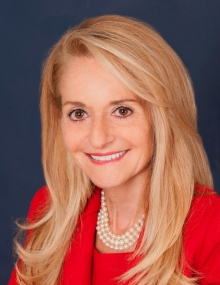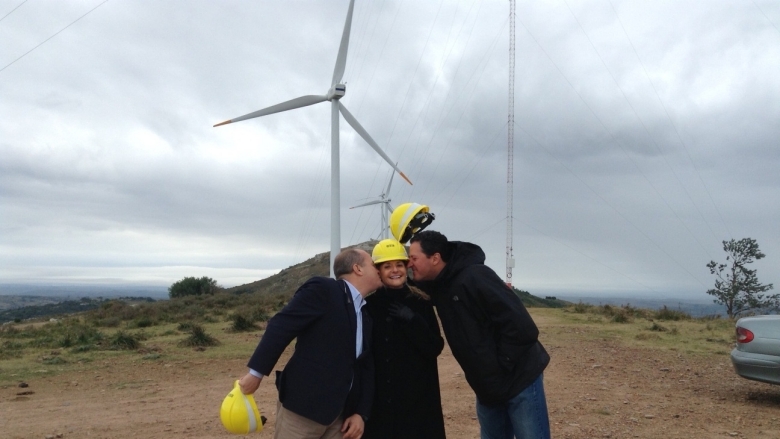Before sitting down to tell us about her time as VP and Treasurer, Madelyn Antoncic walked the Treasury floors, greeting her former colleagues just as she did every day when she was leading the team.
“I just love inspiring people and unlocking their potential for innovation. Life is far too short not to spend time walking around and interacting with people - and of course having fun at the same time”, she says as she hugs and jokes with everyone in sight. Three years after leaving the World Bank, she is still greeted as one of our own. An Economist by training, Antoncic started her career at the Federal Reserve Bank of New York before moving to Goldman Sachs and later to Lehman Brothers, the Wall Street firm that collapsed because, as reported by Reuters at the time, ‘it placed too many bad bets’ which Antoncic had warned them against although her warnings went ignored.
“The Lehman collapse was, to say the least, a very interesting experience. A lot of lessons were learned,” she says. Along with a few other senior ‘Lehmanites’ Antoncic, then Chief Risk Officer, recalls being sidelined by the firm a year-and-a-half before its collapse when she expressed unease to the firm’s top brass that they were playing too fast and too loose.
When, in 2011, she received a call from a search firm inviting her to apply for the position of Vice President and Treasurer of the World Bank, she did not know what to expect. However, when she found out more about the breadth of Treasury’s development and other work in addition to its financial work, she found the prospect of leading Treasury extremely interesting and compelling.
Coming to the World Bank Treasury as an outsider from Wall Street, Antoncic says she wanted to be able to use her broad background and deep knowledge of the capital markets to work with developing and emerging economies. Antoncic noted that she had been working in the capital markets which are key to economic growth in the developed world all her life and was keen to turn her attention to the developing and emerging economies. Antoncic set three simple goals for herself when she joined the World Bank. The first was to mentor and inspire a team of very smart and talented professionals. Her second goal was to unlock the energy within her team and do more innovation to serve the member countries. And her third goal was to leave the World Bank Treasury in a better shape than she found it.
Antoncic believes in the importance of recognizing that well-functioning financial and capital markets are the real key to economic growth. This recognition is essential for an economist and something this Treasurer held dear throughout her tenure.
“Capital markets spur economic growth. They are the conduit through which innovation can increase productivity that creates economic growth and increases living standards”, she says.




